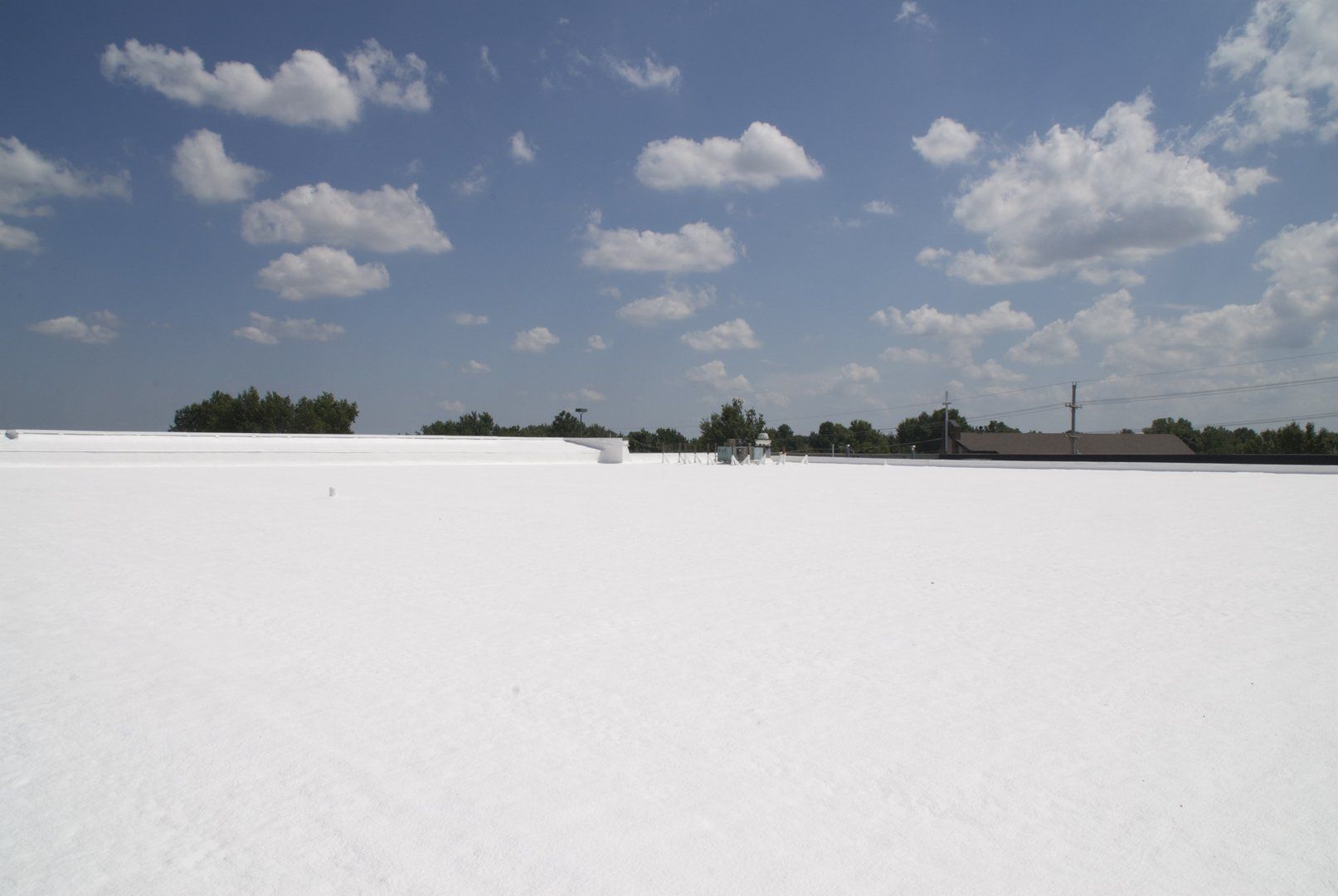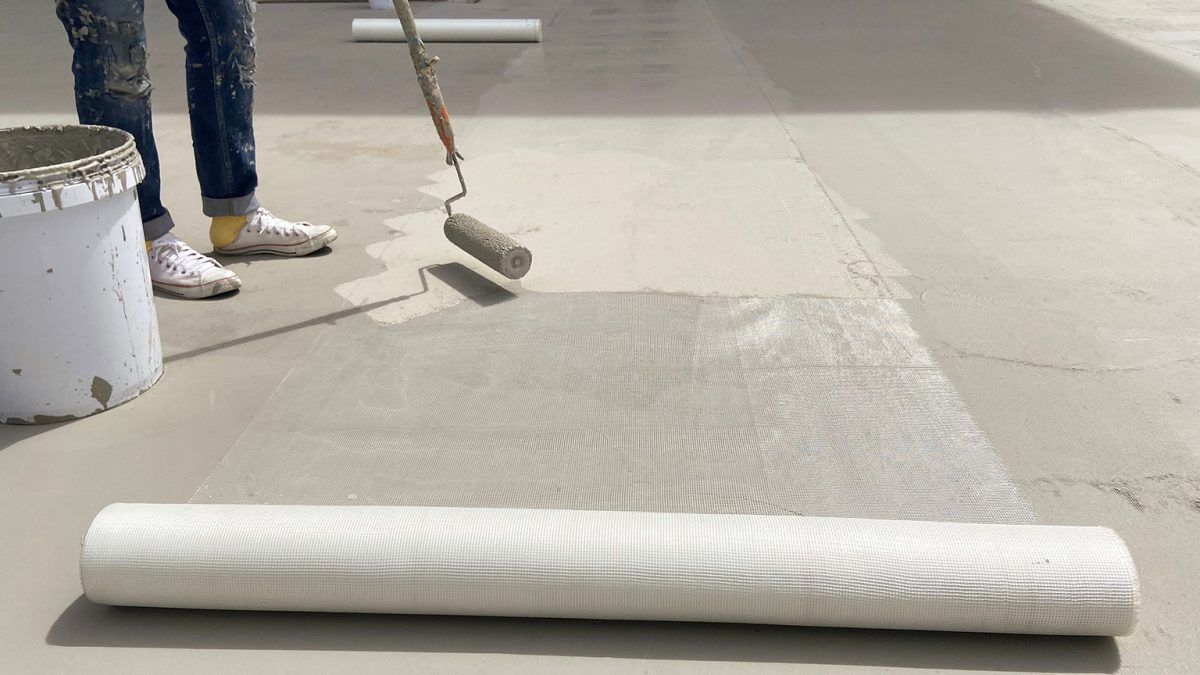All You Need To Know About TPO Roofing

TPO roofing is among the most sought-after and fastest-growing commercial roofing systems available today. Though relatively new to the market, this flat roof type has incredible features and offers utility and resilience, proving it is here to stay. Commercial property owners shopping for a new roof system for their existing building or a new property should consider reliable, energy-efficient, and economical TPO roofing.
Here is everything you need to know about TPO roofing to facilitate decision-making.
What is TPO roofing?
TPO or thermoplastic polyolefin is a single-ply roofing membrane type covering the flat roof surface. First introduced in the early 1990s, TPO gave building owners a cost-effective and efficient alternative to PVC roofing. Its superior performance contributed to its popularity as a desirable flat roof system membrane over the decades.
TPO is not plastic and is usually a blend of polypropylene and ethylene-propylene rubber. It consists of three distinct layers: a polymer base, polyester-reinforced fabric scum, and thermoplastic polyolefin compounded top ply. These layers are bonded together to create a single membrane. TPO roofing also uses fillers like talc, fiberglass, and carbon fiber for added strength and durability. TPO sheets are available in rolls that are ten to twenty feet wide. The share of TPO roofing in the commercial roofing market is about 40%.
TPO roofing installation
When installing TPO as a roof replacement, a roofing contractor first cleans or removes the existing roof to prepare the substrate for insulation installation. Popular insulation options to choose from include expanded polystyrene (EPS), extruded polystyrene (XPS), or polyisocyanurate. The roofer attaches the TPO membrane to the cover board by fastening it mechanically or with the help of a bonding adhesive. After rolling out the membrane, a hot air gun is used for welding the seams together.
Cost of TPO roofing
TPO roofing costs more than other roofing materials but offers superior performance and longevity. The pricing usually depends on various factors, like roof size, membrane thickness, insulation quality, warranty, roof penetrations, accessibility to the roof, climate, existing roofing system condition, and labor charges. The average cost to install a TPO roof ranges from $7 per square foot to $13 per square foot.
TPO roofing pros
TPO is the perfect choice for building owners looking for a waterproof roofing system. Some other benefits include:
- Strength and durability
- Flexibility
- UV resistance
- Puncture and grease resistance
- Prove cost-effective in the long run
- Superior energy efficiency due to reflective materials
- Available in different grades for different protection levels
- Easy installation due to light material weight
- Eco-friendly
- Class A-fire rating protects the roof from catching fire
- Low maintenance requirement
- Available in varied colors for an aesthetically pleasing appearance
- Longer lifespan
- Do not promote corrosion or algae and mildew growth
TPO roofing cons
TPO roofing is not free from flaws. The disadvantages of the TPO roofing system include:
- A relatively newer product
- Extended exposure to high heat can cause some TPO products to fail
- Lack of standardization
- Need dry conditions for installation
- Material quality and formulations are not consistent
TPO roofing is an excellent choice for flat and low-sloped roofs of commercial buildings. If you opt for TPO, it is vital to do proper research to know if it is the perfect roofing material for your business needs. Always hire an experienced and reliable commercial roof contractor for installing a TPO roof. It ensures that the roof is correctly installed and prevents major issues like leaks. Contact a local contractor to know more about TPO roofing.


